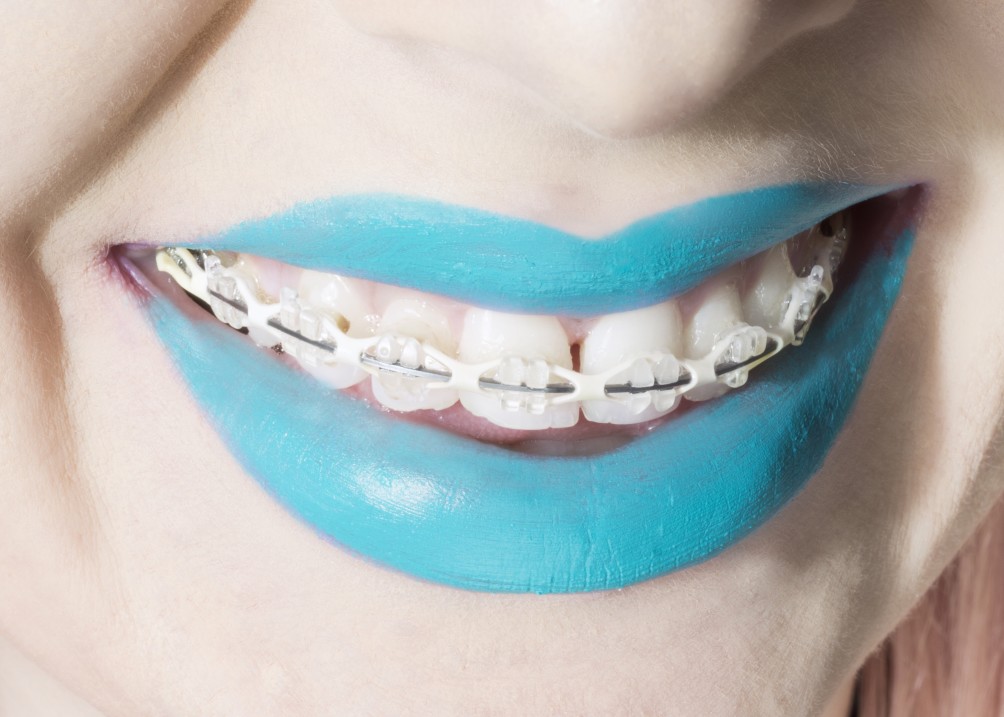Designers are renowned for taking inspiration from anything and everything. And as the world becomes an ever smaller place we are continually introduced to a huge variety of influences from many different cultures.
A testament to this fact is the ‘new wave’ of retro design we are currently witnessing that is linked to the Japanese Kawaii style animations. Better known as Anime this genre includes, among others, the very popular Pokemon and Hello Kitty that you’ll probably know through the younger generations of your families.
Recognised by the unusually large eyes and jagged lines that create parts of the image, such as the almost electric looking spiky hair, it’s easy to see evidence of its influence all around us. But what does it mean in the business world? A great deal actually, if you’re targeting a very specific niche audience.
Not surprisingly our video generation has grown up on a diet associated with this style developing almost a counter-culture of its own. From Sonic the Hedgehog to Super Mario and Street Fighter these ‘cute’ characters were actually small computer games before becoming a global brand that encompasses everything from cartoons to toys and clothing.
The versatility of this Japanese style opens the door to more and more design opportunities – particularly in the entertainment and retail sectors. Providing a direct route to market, your target audience can associate with its distinctive design elements immediately.
Certainly when used in advertising and other marketing materials this expression is very effective to a niche teen and student market with its appeal being proven by the well known band Gorillaz which has recently used Japanese design in its music videos and album covers.
This genre provides designers and marketeers with a new and rich stream of ideas. With this in mind it can be argued that this visual expression is something that evolve and develop over time, as designers put their own creative slight to it, rather than being just another fad.
Our creation Otis Seven is influenced by kitsch style. It doesn’t use the characteristic features of wide-eyed icons, but does have strong garish colours matched with bold character design synonymous with the ‘cute’ genre.
Adapted to entice a very specific, targeted audience the character was developed as a way of making the directory enquiries number 118027 memorable and relevant.
Looking back at the examples above I think it’s safe to say that this cult explosion proves that there is a definite place for naff – as long as long as it is combined with a relevant message.









